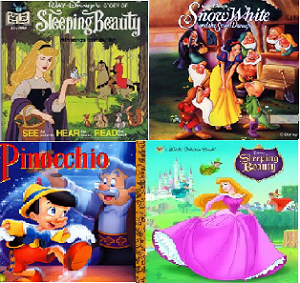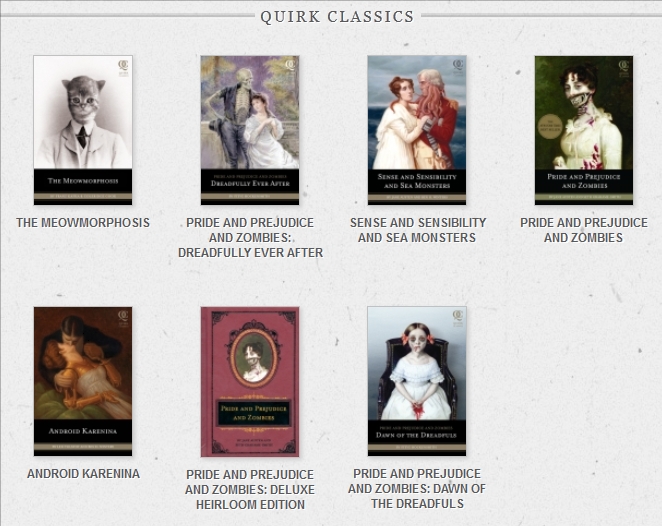Finally revealed…
“Use The Secrets of Walt Disney, Universal Studios and Other Media Giants to Create Profitable Info-Products Fast!”
From the Desks Tony Laidig & Daniel Hall
Public domain rocks!
And in the last several years my friend Tony Laidig and I have put out some of the best trainings on the planet on how to make and profit from public domain products.
Fact is Tony and I both preach that one of the best ways to use public domain information is by making derivative products from it.
We generally explain to our students that you make a derivative product by starting with public domain and adding your own content to it. That is, we stress to add your own value and insights to the content so the resulting product is something brand new and different.
Even with this explanation one of the most frequently asked questions we get is…
“How much original content needs to be added in order to make the new product ‘derivative’?”
Or a variation on the question…
“How do we make derivative products from public domain content?”
While these are great questions that we will answer in due course perhaps the better question to ask is “WHY” make derivative products in the first place?
I can assure you there are very good reasons.
First, you can build your products on well-known titles, concepts and authors.
Quirk Books has built an entire publishing business on this concept with titles like Sense and Sensibility and Sea Monsters, Pride and Prejudice and Zombies, and my favorite Android Karenina…
While all these books are based on famous titles they are all derivative in nature. The essential boost you get with this strategy is name recognition already built in to the titles.
Not convinced that there is merit to this strategy?
If so allow me to introduce you to a little company you may have heard of called: DISNEY!
 That’s right many of the Disney movies and characters we have come to love were derived from public domain works such as Snow White and the Seven Dwarfs; Sleeping Beauty; Alice in Wonderland; The Little Mermaid; Beauty and the Beast; Pinocchio; Robin Hood; Peter Pan; Winnie the Pooh; The Hunchback of Notre Dame; Tarzan; The Prince and the Pauper; Cinderella; Mulan; The Jungle Book; and Aladdin.
That’s right many of the Disney movies and characters we have come to love were derived from public domain works such as Snow White and the Seven Dwarfs; Sleeping Beauty; Alice in Wonderland; The Little Mermaid; Beauty and the Beast; Pinocchio; Robin Hood; Peter Pan; Winnie the Pooh; The Hunchback of Notre Dame; Tarzan; The Prince and the Pauper; Cinderella; Mulan; The Jungle Book; and Aladdin.
I mention these works specifically because Disney models what we recommend you do with your writing. They took the original and added a new twist or developed the characters in a different light. That is, Disney created derivative works.
By the way, Disney and Universal Studios have registered trademarks and this site and training has no affiliation with, nor endorsement from, them. In fact, it is likely that these media giants and others would rather you not know the secret behind so much of their successful content.
But this brings me to the second HUGE reason for developing derivative works.
Get this…
Derivative works are eligible for copyright protection.
Whereas Lewis Carroll’s Alice’s Adventures in Wonderland is in the public domain and not protected by or eligible for copyright, Disney’s Alice in Wonderland is protected by copyright as a derivative work.
Pretty cool, huh?
Let me just illustrate how this fact works to your benefit in a very palpable way especially if you are interested in publishing Kindle books on amazon.com.
If you study Kindle’s TOS you’ll quickly see that it is “permissible” to publish public domain books under certain circumstances.
But one of the great disadvantages to this is:
“Titles which consist entirely or primarily of public domain content are not eligible for the 70 percent royalty option…”
That’s right… if you are publishing unchanged public domain content you are stuck with the 35% royalty.
However, if you produce a derivative product that does NOT consistent “entirely” or “primarily” of public domain content you can claim the 70% royalty.
See? It literally pays to publish derivative works.
This brings me to the third important reason why you want to publish derivative works.
You quickly overcome blinking cursor syndrome!
Perhaps my favorite reason for using public domain is it can give you a starting place. That is, one of the biggest hurdles I personally face in starting a new writing project is seeing that flashing cursor in the sea of white that is a blank page.
 Public domain content can give you a base on which to work. This can be exceedingly comforting especially if you are the type that gets anxious when faced with a blank page. And, if I may be so bold, you are more likely to let your creative juices flow when you are comfortable. If you are more creative, more relaxed you end up with a better quality finished product in my humble opinion.
Public domain content can give you a base on which to work. This can be exceedingly comforting especially if you are the type that gets anxious when faced with a blank page. And, if I may be so bold, you are more likely to let your creative juices flow when you are comfortable. If you are more creative, more relaxed you end up with a better quality finished product in my humble opinion.
Plus, creating derivative products based on public domain content can increase your productivity enormously. The point I want you to get is with derivative products some of your work is already done and because of that you can get more product to market, faster without sacrificing quality.
This brings us full circle to the question we frequently get which is…
How do we create derivative products?
Or more specifically…
How much do we need to add to public domain to make derivative products?
The answer we gave for years was add your own value; your own insights; your own content.
However, even with this explanation the questions persist:
How much is enough?
As it turns out the answer is: it depends.
And because it depends and because we continue to get so many questions on this question, Tony and I have decided to provide you a solution. And that solution is called….
Real Fast Derivative Products
This is a step-by-step video training system in which we show you exactly how to make derivative products based on public domain content real fast.
Specifically, you’ll discover…
- How to combine different pieces of public domain content into derivative products fast
- Tricks to quickly add your own value to public domain to make quality derivative products
- How to change the format media of a public domain work and create a resulting derivative product
- How to make derivative product videos from public domain
- How to make derivative product audios from public domain
- How to make derivative product physical books, Kindle books and ebooks from public domain
- Steps in publishing these derivative products in the major marketplaces like Amazon.com
- Revealing case studies which show how you how other infopreneurs are creating derivative products and profiting.
Like all the educational products Tony and I do this is step-by-step, leave no stone unturned training.
It’s also like…
No other training is available like this anywhere on the planet!
Fortunately, you can harness this one-of-a-kind training in your business for less than the price of a family dinner at one of the national chain restaurants.
Of course, like all other “Real Fast” trainings Real Fast Derivative Products is backed by our…
30-Day 100% No Questions Asked Guarantee!
That’s right you must be completely delighted with your investment in Real Fast Derivative Products; you must feel like it will propel the speed and quality of your information product creation and if for any reason or (or no reason at all) you want your money back just let us know within 30-days of purchase for a no-questions asked refund.
Grab this training now by clicking the “add to cart” button below.
Your brothers in profitable product publishing,
Daniel Hall
Tony Laidig
P.S. If you always wanted to know how to truly profit from public domain works by creating derivative products your answer is here…
And here’s what’s so cool: You’ll not find this kind of training anywhere because it simply doesn’t exist.
Click here to plug in!


